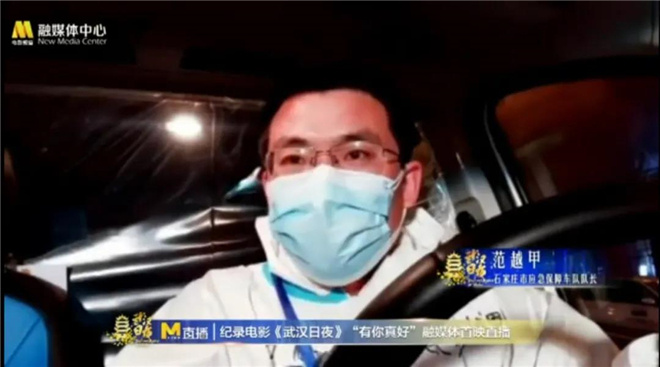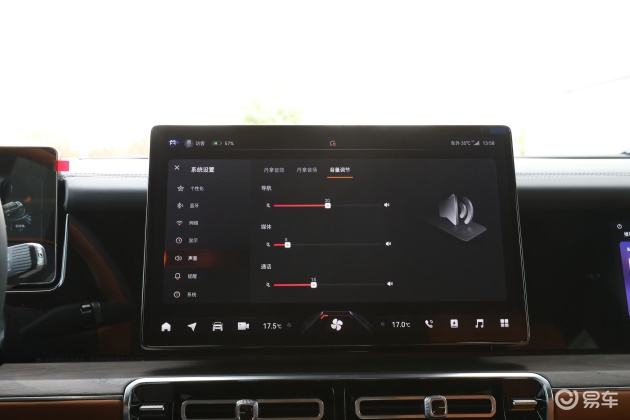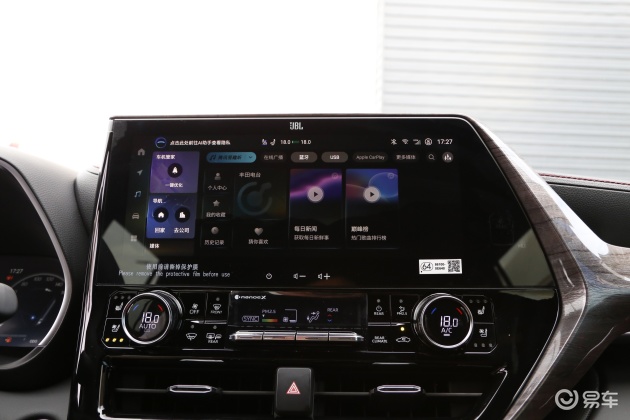When investigating Huludao in Anshan, Hao Peng emphasized firmly grasping the primary task of high-quality development and promoting the competitive development of state-owned enterprises, private ent
Reporter Yang Zhonghou reports from Fang Liang that on March 24th and 25th, Hao Peng, secretary of the provincial party committee and director of the Standing Committee of the Provincial People’s Congress, came to Anshan City and Huludao City to fully implement the spirit of the 20th Party Congress and the spirit of the two sessions of the National People’s Congress, thoroughly implement the spirit of the important instructions of the Supreme Leader General Secretary, and vigorously carry out research and supervision on firmly grasping the primary task of high-quality development, vigorously developing the real economy, promoting the competitive development of state-owned enterprises, private enterprises and foreign enterprises, and thoroughly implementing the three-year action of comprehensively revitalizing new breakthroughs.
Hao Peng came to the Intelligent Ironmaking Center of the Ironmaking General Factory of Angang Group and the Third Branch of the Steelmaking General Factory to investigate the enterprise management, digital production and performance evaluation, and congratulated Angang Group on its remarkable achievements in deepening reform, scientific and technological innovation, improving quality and efficiency. He said that in order to coexist and prosper with central enterprises, Liaoning should thoroughly implement the spirit of the important instructions of the Supreme Leader General Secretary, firmly grasp the primary task of high-quality development, continuously deepen cooperation between the central and local governments on the new journey of Chinese modernization, jointly serve the national strategy, and make new breakthroughs in promoting Liaoning’s comprehensive revitalization, contributing to the building of a strong country and the great cause of national rejuvenation. Liaoning Provincial Party Committee and Provincial Government will unswervingly support Angang Group to become stronger, better and bigger.
Magna Magnetic Power Co., Ltd., located in Anshan City, and Fudis Petrochemical (Huludao) Co., Ltd., located in Huludao City, are both national "little giant" enterprises specializing in novelty. Hao Peng came to these two private enterprises to learn more about technology research and development, and came to the activity room in party member to learn about the party building work of non-public enterprises, encouraging enterprises to continue to focus on their main businesses, strengthen innovation and constantly enhance their market competitiveness. He said that Liaoning has a number of "specialized and innovative" private enterprises with core technologies, and the private economy and private enterprises have made important contributions to the high-quality economic and social development of the province. We should always treat private enterprises and entrepreneurs as our own, and do everything possible to create an environment, a platform and conditions for the healthy and high-quality development of the private economy, so that they can let go of their hands and feet, go into battle lightly and concentrate on development. Business operators said that Liaoning started the three-year action of comprehensive revitalization and new breakthrough, and the mood of private enterprises has also come up. We must make more contributions to comprehensive revitalization.
Danfoss (Anshan) Control Valve Co., Ltd., a Danish-owned enterprise, has set up a factory in Anshan for 22 years. Hao Peng went into the production workshop to understand the production, operation and supporting conditions, and asked the enterprises for their opinions and suggestions on the business environment in Liaoning and Anshan. He said that the opening door of Liaoning will be bigger and bigger, and the business environment will be better and better. We will treat all types of ownership enterprises equally, provide high-quality and efficient services for the development of all types of enterprises in Liaoning as always, and strive to create a good policy and institutional environment so that state-owned enterprises dare to do it, private enterprises dare to venture and foreign companies dare to invest. The person in charge of the enterprise sincerely praised Liaoning’s solid industrial base and development environment in combination with the actual growth and development of the enterprise itself, and was full of confidence in achieving better development in Liaoning in the future.
In Anshan Party-mass Service Center, Hao Peng first went to the municipal governance hall and the 12345 telephone hall to investigate the operation of the municipal governance and convenience service hotline and had in-depth exchanges with the operators. He said that the hotline is connected to thousands of homes and is the forefront of serving the people. I hope that everyone will patiently and meticulously handle the demands of the masses and promote the solution of problems with their hearts and feelings. Hao Peng pointed out that mass work is the foundation of all the Party’s work, and doing a good job in social governance is a big article. We must earnestly strengthen the overall leadership of the Party, keep in mind the sense of purpose, stand firm on the mass position, follow the mass line, constantly improve the refined level of social governance with digital empowerment, focus on solving the urgent problems of the masses, and consolidate the party’s ruling foundation. I hope that Anshan will closely integrate with the reality, conduct in-depth research and summary, and strive to explore new ways of social governance for the whole province.
Anshan Vocational Education City is a vocational education park integrating technical and technical personnel training, college students’ practical training, rural-to-industrial training and socialized continuing education. In the student training base, Hao Peng had an in-depth conversation with the students who were operating machine tools, and carefully understood the study, life and employment, and encouraged everyone to seriously study technology, improve their skills, and better serve the motherland and build their hometown. He said that vocational education has a broad future and great potential, and it plays an important role in cultivating skilled talents and promoting employment. It is necessary to uphold the leadership of the Party, implement the fundamental task of cultivating people by virtue, deepen the integration of production and education, school-enterprise cooperation, enhance the adaptability of vocational education, continuously improve the quality of running schools, and train more high-quality technical and skilled personnel, skilled craftsmen and great country craftsmen for Liaoning and even the whole country.
In the survey, Hao Peng stressed that it is necessary to thoroughly implement the spirit of the important instructions of the Supreme Leader General Secretary, insist on grasping high-quality development on the one hand and strictly administering the Party in an all-round way on the other, implement the new development concept completely, accurately and comprehensively, fully grasp the key tasks of high-quality development, further enhance the development awareness, persist in the goal, roll up your sleeves and work hard, take unconventional measures and creatively, and show greater responsibility and action in achieving new breakthroughs in all-round revitalization. We must adhere to the innovation-driven development strategy, vigorously develop the real economy, further plan and build high-quality projects around leading enterprises and advantageous industries, continuously lengthen the industrial chain, cultivate and expand characteristic industrial clusters, and strive to achieve new breakthroughs in promoting economic growth. We should unswervingly and comprehensively strictly manage the Party, earnestly strengthen Party building, educate and guide the broad masses of party member cadres to be honest, understand rules and observe discipline, and promote the principle of not being corrupt, not being corrupt and not wanting to be corrupt, so as to make Liaoning’s political ecology more clean and upright, with beautiful mountains and rivers. It is necessary to vigorously carry forward the style of investigation and research, and vigorously carry forward the style of seeking truth and being pragmatic, and cadres at all levels should play an exemplary role, further guide and inspire the whole society to get up and move, fully mobilize the enthusiasm of all parties, promote the competitive development of state-owned enterprises, private enterprises and foreign enterprises, and make the atmosphere of hard work and accelerated development stronger.
Provincial leaders Zhang Lilin, Zhang Chengzhong, Yu Gongbin, Party Secretary and Chairman Tan Chengxu of Angang Group participated in the survey respectively.





































































































